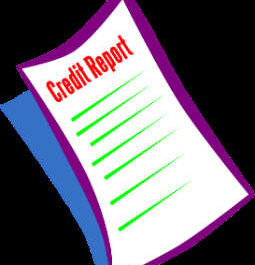Purchasing A Home After Bankruptcy
Even the most responsible person can find themselves in financial trouble when an unexpected situation makes it impossible to keep up with financial demands. In fact, there are some 800,000 people who file for bankruptcy each year. If you’re one of these people, it is crucial that you have a plan in place to reestablish your credit. Remember, you are going to be starting all over with a low credit score and it’s going to take some time to prove you are creditworthy. If you’re interested in purchasing a home after filing for bankruptcy, there are a few things of which you should be aware.
Reestablishing Your Credit Takes Time
One of the unfortunate things about a bankruptcy filing is that you end up back at square one as far as your credit score is concerned. And, your credit score is a major deciding factor for lenders when applying for a mortgage loan. If you had a credit score of 700 or more, it will likely drop to the 500 range after you file for bankruptcy. You can build that score up by making timely payments. Your score could reach the 600 range after about a year of on-time payments and no negative marks on your credit report. However, lenders probably will not consider you for a home loan until your score reaches 700 and above. Be diligent with payments and you will eventually get there.
Ways You Can Build Your Credit
Remember that after bankruptcy you are going to be working from the ground up. Every step you take is a step closer to qualifying for a mortgage. Follow these tips so that you will be on your way to buying a home after bankruptcy.
- The single most important action you can take to build your credit going forward is to make all your payments on time. This includes:
- Secured and unsecured debt
- Utility bills
- Rent
- Doctor bills
In essence, any debt you owe should be paid before the due date. If you must make a late payment, then be sure to make payment arrangements so you can keep negative marks off your credit report.
- After about a year, you may start to receive credit card offers. Obtaining a credit card can be a valuable resource for building your credit. A great way to use the card to build your credit is to make recurring purchases with the card, such as a subscription or utility bill. Be sure to pay the balance off every month and do not make unnecessary purchases.
- Cut expenses, such as cable or dining out, in an effort to save money. There are two reasons for doing this. First, you want to have a safety net should unexpected expenses arise. If you have no savings and you’re faced with an emergency, such as a car repair or health issue, you will have to choose between taking care of the emergency or paying your regular bills. This can put you right back where you started. The other reason for diligently saving money is that you may need to pay a down payment and closing costs when you buy a home. If you’re saving now, you’ll be prepared later.
- Avoid new debt. Don’t take out a car or personal loan. A great rule to follow is that if you can’t pay cash for it from your disposable income, then you can’t afford it. Aside from the credit card you’re using to build your credit, you shouldn’t be incurring any other debts. Doing so can halt your efforts to reestablish your credit.
Just remember that life goes on after bankruptcy. It takes time to enjoy the benefits of good credit, but with hard work and persistence, you will get there.


